Fallout, fire, and fear
| Title | The Nuclear War Atlas |
| Creator | William Bunge; Society for Human Exploration |
| Year | 1982 |
| Dimensions | 51 × 86 cm |
| Location | American Geographical Society Library, University of Wisconsin-Milwaukee Libraries |
William (Bill) Bunge was a radical cartographer whose involvement with left-wing organizations—as well as his impatience with the establishment figures of academic geography—made him a pariah in the scholarly world. Bunge got his start working on mathematical modeling in geography, but soon turned his interest in spatial analysis towards a more politically engaged concern with civil rights, anti-militarism, and anti-capitalism. ()
Bunge's Nuclear War Atlas, published by the “Society for Human Exploration” that he founded, has become one of the most famous examples of radical, socially-engaged cartography of the postwar era. Its visual devices are striking, and reflect Bunge's deep engagement with both theoretical geography and professional cartography. They leave little to the imagination regarding Bunge's opinion on the nuclear capabilities of the Cold War's belligerent nations. In one map, “The Explosion,” Bunge shows what would occur if a hydrogen bomb was dropped on the middle of Chicago, with screaming, bleeding faces and the label “BURNS” printed all over the metropolitan area. Maps like “Southern New England After [a nuclear attack]” or “The Sea of Cancer,” Bunge takes a wry look at the strategic maps of the era, essentially showing that mapping nuclear hazards became an absurd exercise: ultimately, everywhere would end up a poisoned wasteland.
Wander across the exhibition →
Perhaps one of the most interesting of this series of maps is a map showing “The Closest Neighbors Ever,” a subversive look at the way that nuclear warfare had rendered traditional ideas of sovereignty obsolete. The national borders of the U.S. are shown as vertical hashmarks all around the globe, while the borders of the U.S.S.R are shown as horizontal hashmarks all around the globe. The result is two global powers who completely overlap one another through their total coverage of the earth. According to this map, warfare was no longer confined by national borders, but loomed as an ever-present threat for all of the earth's inhabitants.
Bibliography
- Barnes 2018
- Trevor J. Barnes, “A Marginal Man and His Central Contributions: the Creative Spaces of William (‘Wild Bill’) Bunge and American Geography.” Environment and Planning A 50, no. 8 (June 21, 2018): 1697–1715. doi:10.1177/0308518X16642769
